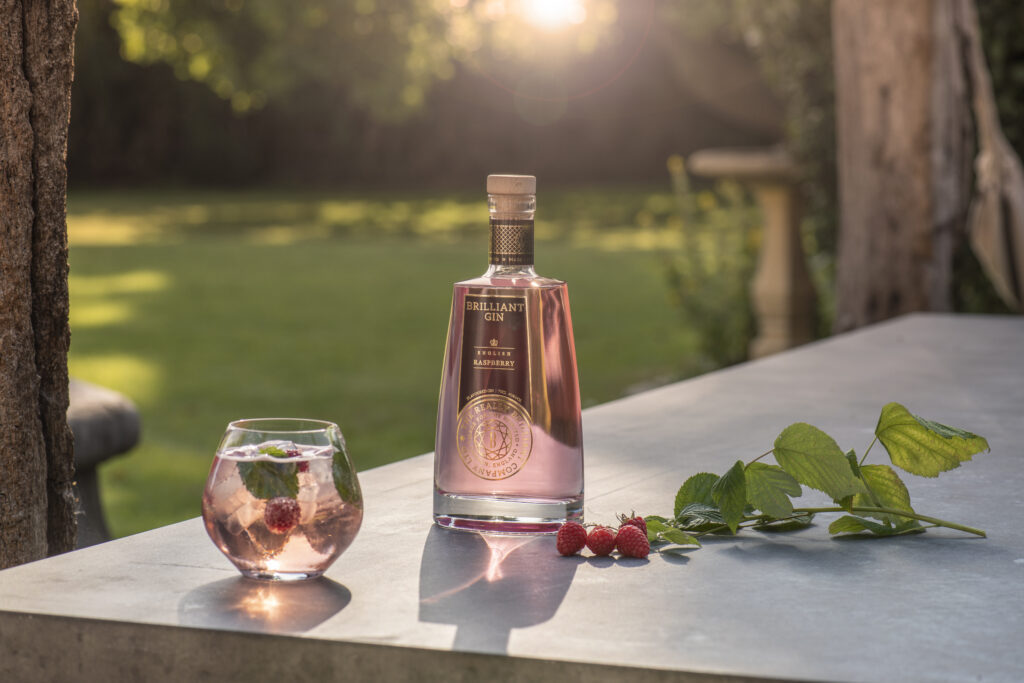Have you ever wondered about the difference between gin and vodka, despite their shared grain origins like rye, barley, wheat, and corn? The magic lies in the post-distillation process.
Gin undergoes an infusion with juniper berries and a bouquet of botanicals – think dried herbs, roots, blossoms, and citrus zest. This is then redistilled, blessing gin with its iconic piney and herbaceous profile. Vodka, in contrast, goes through multiple distillations, refining it until subtle traces of the grain emerge.
Discover the Four Primary Types of Gin Celebrated Globally:
Though the name evokes images of the British capital, London Dry gin has garnered worldwide production. It’s probably the gin variant you’re familiar with, gracing many a home bar. If you’re crafting gin and tonics using labels like Beefeater, Tanqueray, or Bombay Sapphire, then you’re indulging in London Dry gin. The “dry” descriptor signifies an absence of added sugars, and its diverse botanical flavours, juniper at the forefront, are derived purely from nature. No artificial ingredients. colours or flavours are permitted and most importantly no natural colours or flavours can be added after distillation.
Want to try to London Dry?
Exclusive in its production, Plymouth gin is the product of a single, venerable UK distillery. Its fame peaked in the early 1900s, a period when gin was the spirit of choice. A glance at a Plymouth bottle, with its depiction of a majestic sailing ship, is a journey through time. Surprisingly, Plymouth boasts an even drier palate than its London counterpart. Its faintly spicy notes render it the go-to for classic martinis and negronis, harmonising beautifully with the bitter tones of these cocktails.
A tribute to the distillation genius, Thomas Chamberlain, Old Tom gin is reminiscent of a time when the art of distillation was in its infancy. Back then, distillers resorted to harsh agents like turpentine and sulfuric acid. To mask these abrasive notes, they sweetened the gin with liquorice and sugar. As distillation techniques evolved, the gin naturally transitioned to a drier taste, more akin to the contemporary gins we relish today.
Widely acknowledged as the precursor among the four gin types, Genever’s rich flavour owes much to its malted grain base. This malty essence overshadows the juniper, introducing the palate to distinct, earthy nuances. Curious to sample it? Embrace the traditional Dutch ritual: position yourself at the bar, Genever-filled glass at the ready, a pint of beer as company, and your hands restrained behind. Lean in, sipping the Genever until you must lift the glass, following it up with a hearty gulp of beer.
For those nestled in the UK or beyond, appreciating gin is an art. As you sip and savour, remember the stories and craftsmanship behind every type. Cheers!
Summersday, Spinney Lane, Itchenor, Chichester, West Sussex, PO20 7DJ
T: +44 (0) 1243 513810
Email: brilliant@brilliantgin.co.uk
Sign up today to get monthly gin recipes to your inbox and get 3 free today
Thats not all!
Every Gin Club member gets a 10% discount on our three fabulous Gins
